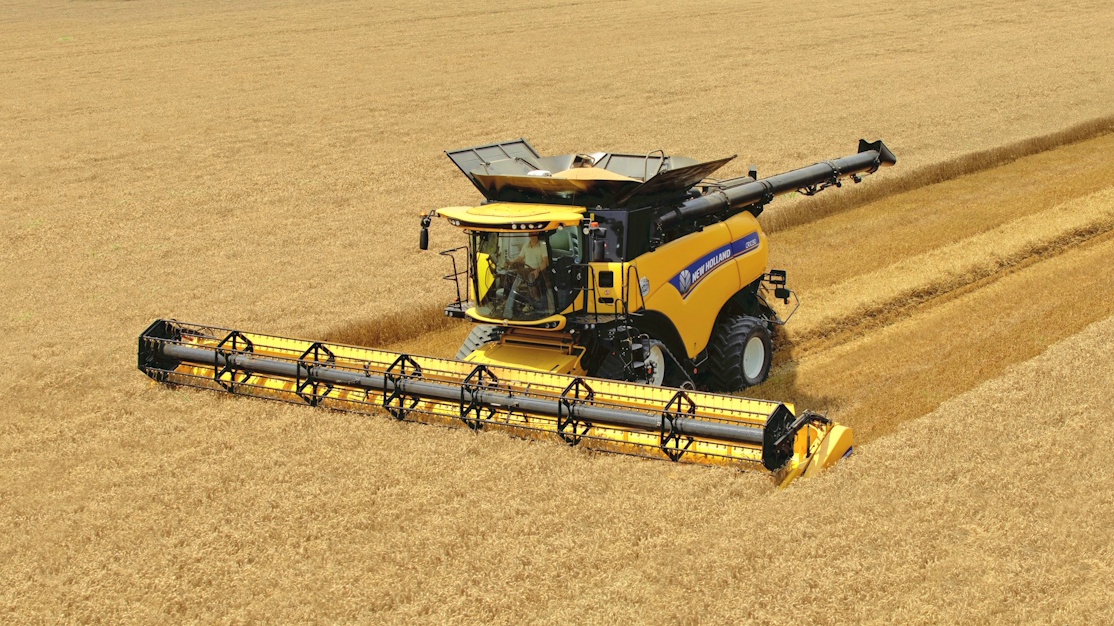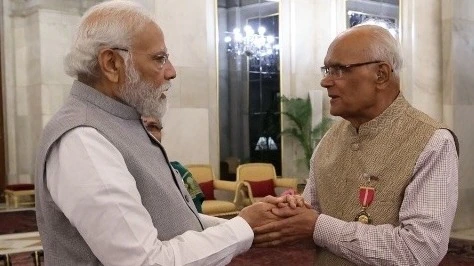By admin
Copyright dawatmedia24

A new analysis by Sentient Media finds that less than 4% of climate news stories mention animal agriculture, a primary driver of the climate crisis, revealing a critical gap in public understanding.
While images of smokestacks and gas-guzzling cars dominate the climate change narrative, a leading source of planet-warming emissions consistently escapes the headlines: the food on our plates. A new data analysis from the nonprofit Sentient Media reveals that the media is largely ignoring the profound climate impact of animal agriculture, obscuring a key solution to the crisis.
The analysis found that only about a quarter of recent climate articles from 11 major U.S. outlets even mention food and agriculture as a cause of climate change. Digging deeper, the oversight becomes more stark: of the 940 articles analyzed, a mere 36—or 3.8%—specifically mentioned animal agriculture or meat production. This, despite the fact that the global food system is responsible for one-third of all greenhouse gas emissions, second only to the burning of fossil fuels, with livestock alone accounting for nearly 60% of the food sector’s toll.
This media silence has tangible consequences. A 2023 Washington Post/University of Maryland poll found that 74% of Americans believe eating less meat has little to no effect on the climate crisis—a direct reflection of the information vacuum.
A Media Environment of Omission
Sentient Media’s analysis examined the most recent online climate articles from a diverse group of outlets, including The Guardian, The New York Times, CNN, Fox News, and the Wall Street Journal. The findings show that while established culprits like fossil fuels (47.9%), energy production (55.9%), and transportation (34%) are regularly cited, livestock and meat consumption are discussed the least.
Jenny Splitter, Sentient Media’s editor-in-chief who helped oversee the report, said she has long noticed the omission as a reporter covering the intersection of climate and food. “We thought one way to start the conversation with other journalists and newsrooms was to put some numbers to the question,” she said.
Experts point to several reasons for this blind spot. Mark Hertsgaard, executive director of the nonprofit Covering Climate Now, said daily news outlets often struggle to move beyond incremental updates to explain root causes. “It’s not necessarily nefarious,” he said. “But as the climate crisis has accelerated, it is increasingly indefensible for news coverage not to make it clear that this crisis is driven by very specific human activities – primarily burning fossil fuels. And in second place is food, agriculture, forestry.”
Hertsgaard, a climate reporter since 1990, notes that the neglect is systemic. The United Nations climate summit had no dedicated focus on agriculture until 2015, reflecting its low priority among policymakers and NGOs, which in turn influences media literacy on the topic.
The Third Rail: Culture, Politics, and Industry Pushback
Beyond structural challenges, the topic is fraught with cultural and political sensitivities that journalists and organizations often shy away from.
“Nobody wants to put themselves out there and tell people what to eat – it’s just too sensitive,” said Dhanush Dinesh, founder of the food-systems thinktank Clim-Eat. “Even within the [climate advocacy] space, we see it’s quite polarizing.”
This tension is sometimes amplified by deliberate campaigns. When a landmark 2019 report in The Lancet outlined how reduced-meat diets are essential for planetary health, an industry-backed coalition helped fund a backlash. The beef industry, in particular, maintains an active messaging apparatus, including a 24/7 “command center” in Denver that scans social media for negative stories and deploys counter-messaging.
The result, according to journalist Michael Grunwald, is that the public conversation about food is lagging about two decades behind the one on energy. “I didn’t know squat,” said Grunwald, who spent years covering climate for Time and The Washington Post before understanding the food-climate link. “Here’s this important part of the climate equation that I was spectacularly ignorant about. And I realized others probably were, too.”
The High Cost of a Burger: Deforestation and Methane
Grunwald’s new book, We Are Eating the Earth, details the planetary cost of dietary choices. A primary culprit is methane, a potent greenhouse gas emitted by ruminant livestock like cattle that warms the planet 80 times faster than carbon dioxide over a 20-year period.
Perhaps an even larger impact is land use. Half of the Earth’s habitable land is used for agriculture, and 80% of that is dedicated to grazing pasture and growing feed for animals. This makes meat consumption a leading driver of deforestation. We currently clear a soccer field’s worth of tropical forest every six seconds, a rate accelerated by the global demand for meat.
“When you eat a burger, you’re not just eating a cow,” Grunwald said. “You’re eating macaws and jaguars and the rest of the cast of Rio. You’re eating the Amazon. You’re eating the earth.”
This land-use connection is another major part of the story the media misses. Sentient Media’s analysis found that only 15% of the articles mentioned land-use changes in the context of climate.
Timothy Searchinger, a senior researcher at Princeton, has spent decades arguing that climate goals are unattainable without tackling land use. “Every tree, after you take out the water, is about 50% carbon. So forests store vast quantities of carbon,” he said. “If we continue to clear forests, we have the capability to dramatically increase climate change.”
An analysis by the World Resources Institute suggests that if ruminant meat consumption in wealthy countries declined to about 1.5 burgers per person per week—roughly half the current U.S. average—it would nearly eliminate the need for additional deforestation to feed a global population of 10 billion people.
A Path Forward: The Role of Media in a Fractured System
Despite the challenges, experts see a critical role for the media to play. Jessica Fanzo, a professor of climate at Columbia University, acknowledges the structural gridlock. “Governments are reluctant to push hard on dietary change, livestock emissions, or fertilizer dependence because they trigger cultural sensitivities and risk political backlash,” she said.
This is compounded by the decentralized nature of agriculture. As climate advocate Bill McKibben pointed out, while a handful of fossil fuel companies are responsible for a massive share of emissions, food involves the actions of millions of individual farmers.
But in this complex landscape, media coverage is the essential first step. David McBey, a behavioral scientist at the University of Aberdeen, notes that while information alone doesn’t change behavior, it lays the crucial groundwork.
“Information campaigns don’t change behavior,” he said. “But they do lay an important bedrock. If you want behavior to change, it’s important that people know why it should change.”
As the climate crisis intensifies, closing the gap between scientific consensus and public awareness may depend on whether newsrooms can bring the story of food—from the feedlot to the forest frontier—out of the shadows and into the light.
Support Dawat Media Center
If there were ever a time to join us, it is now. Every contribution, however big or small, powers our journalism and sustains our future. Support the Dawat Media Center from as little as $/€10 – it only takes a minute. If you can, please consider supporting us with a regular amount each month. Thank you
DNB Bank AC # 0530 2294668
Account for international payments: NO15 0530 2294 668
Vipps: #557320
Donate Here



